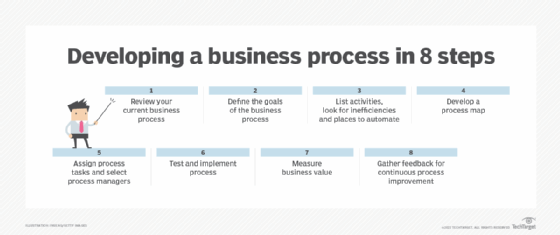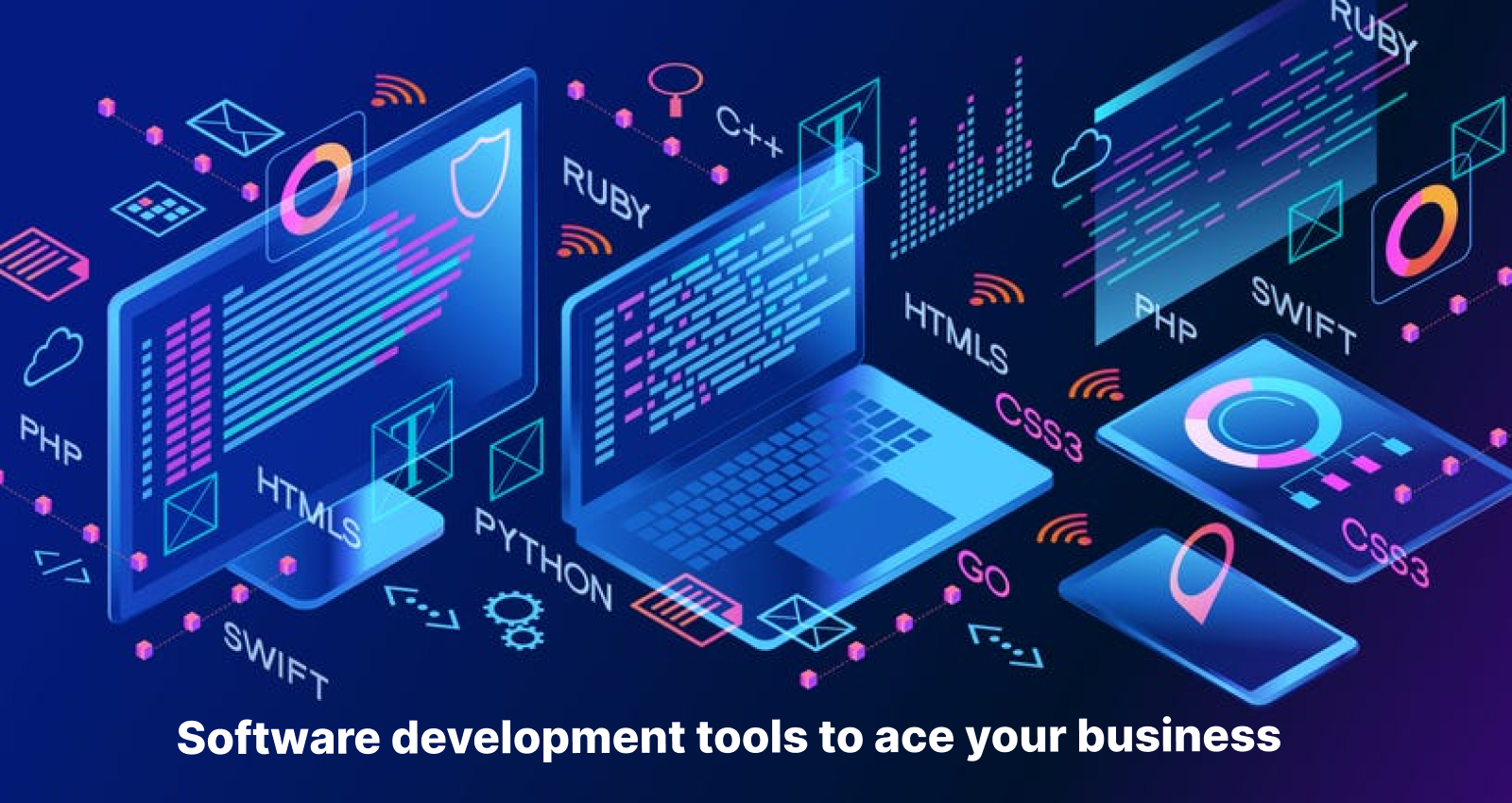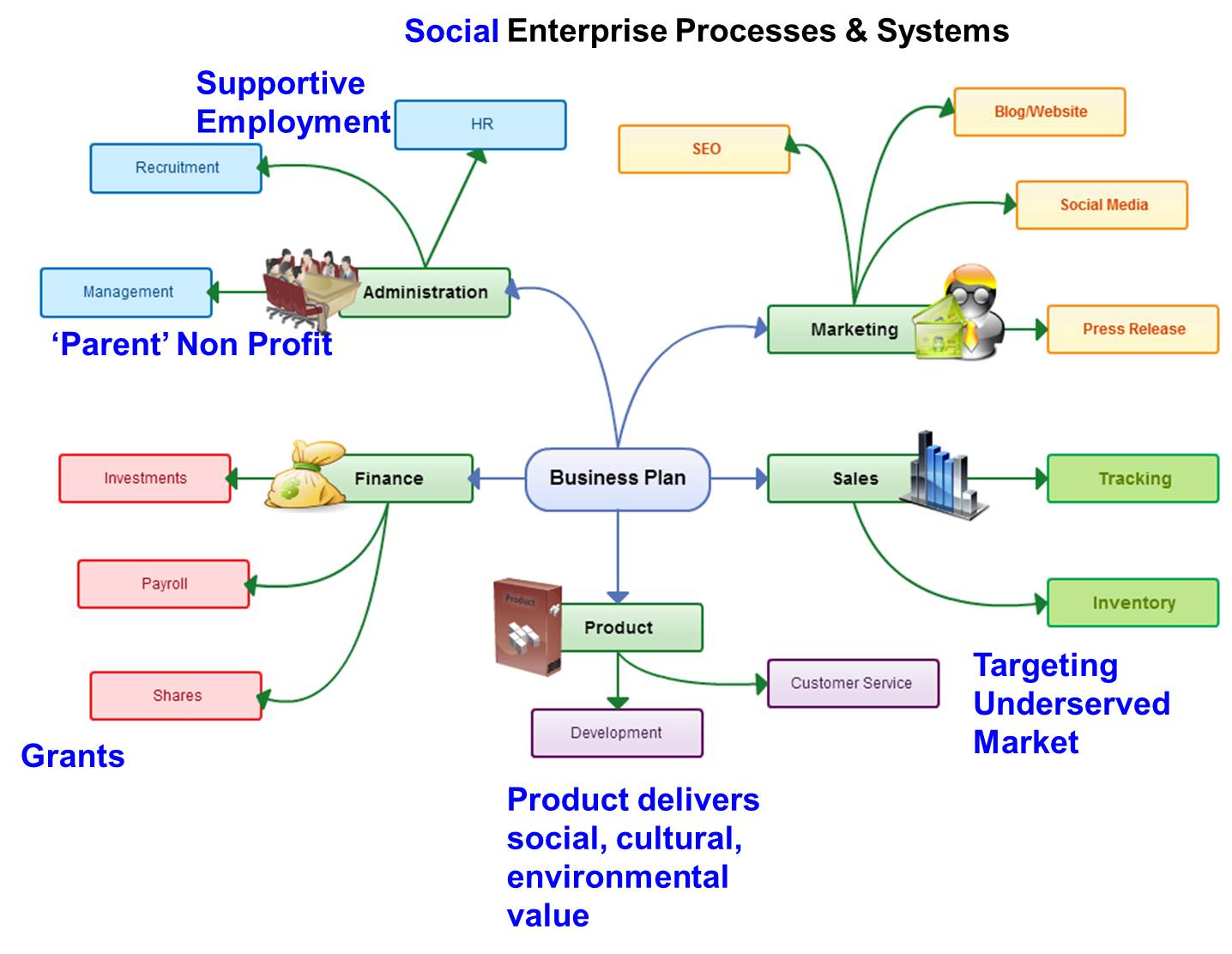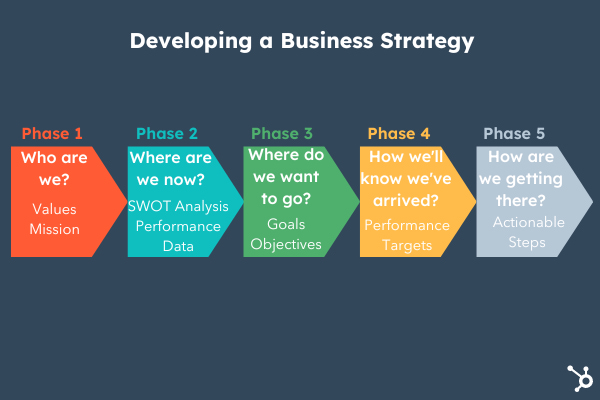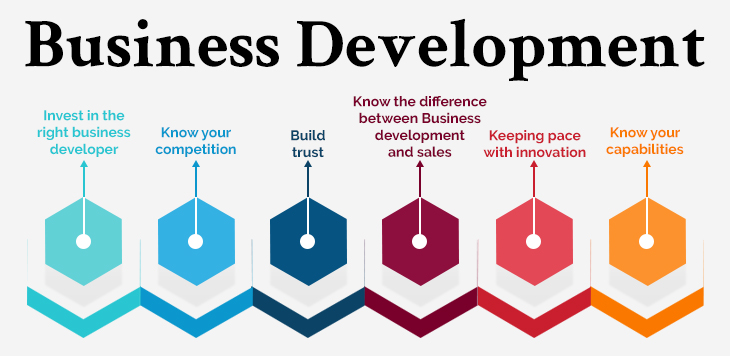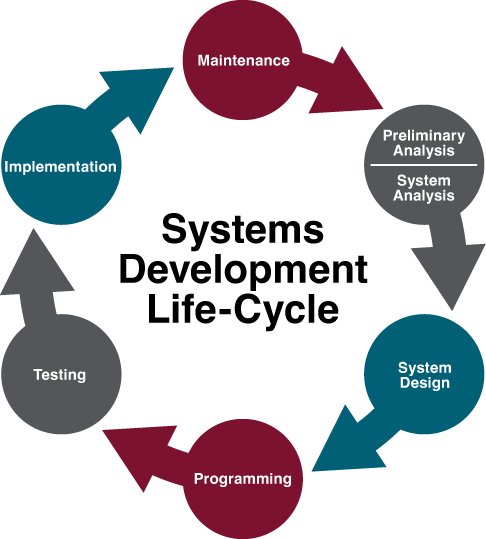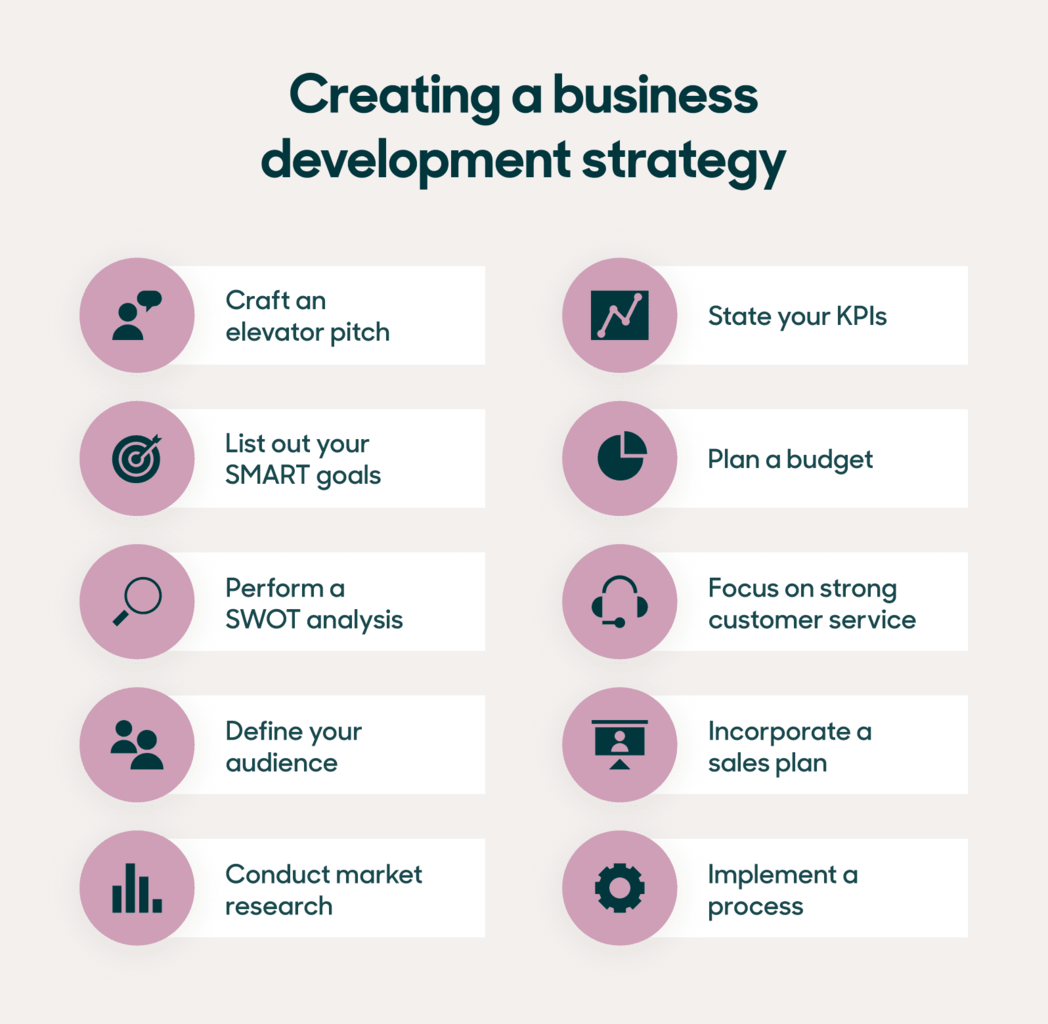Developing Systems For Your Business
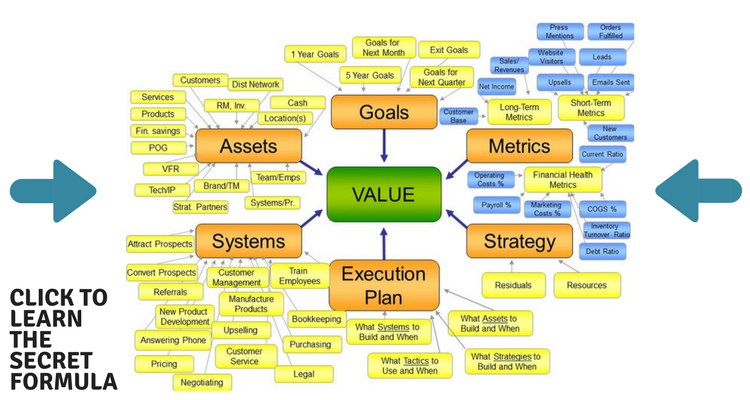
In today's fiercely competitive business landscape, achieving sustainable growth and operational efficiency requires more than just hard work and dedication. Many companies are struggling to scale effectively, leading to bottlenecks, inconsistencies, and ultimately, lost revenue. The key to unlocking a business's full potential lies in the strategic development and implementation of robust systems.
At its core, establishing systematic processes is the cornerstone of any successful business, regardless of size or industry. It's about defining repeatable, predictable methods for carrying out tasks and workflows. This article explores the critical aspects of system development, providing insights into how businesses can streamline operations, improve consistency, and drive long-term growth.
Understanding the Need for Business Systems
Business systems encompass all the processes, procedures, and technologies used to manage and operate a company. Well-defined systems provide a framework for consistent performance and scalability. They also allow for better data collection and analysis, leading to more informed decision-making.
Without clear systems, businesses often become reliant on individual employees and their specific knowledge. This can create vulnerabilities when employees leave or are unavailable, disrupting operations and hindering growth.
According to a recent study by Gartner, organizations with mature business systems are 30% more likely to achieve their strategic objectives. This highlights the direct correlation between systematic operations and overall business success.
Key Elements of System Development
Developing effective business systems requires a multi-faceted approach. It involves carefully analyzing existing processes, identifying areas for improvement, and implementing appropriate solutions. This process must be approached with careful consideration of current constraints, but also be future-proof to the greatest degree possible.
Process Mapping and Analysis
The first step in system development is to thoroughly map out existing processes. This involves documenting each step in a workflow, from start to finish. Visual tools like flowcharts or process diagrams can be invaluable in this stage.
Once processes are mapped, they need to be analyzed for inefficiencies and bottlenecks. Look for redundant steps, unnecessary delays, and areas where errors are common. Identifying these pain points is crucial for designing more effective systems.
Standardization and Documentation
Standardization is the key to consistency. It involves defining clear guidelines and procedures for how tasks should be performed. Documentation is equally crucial; clear and accessible documentation ensures that all employees understand and follow the defined procedures.
Employee training should also be considered. All team members need to be educated on and be able to correctly perform the new standardized tasks. A new system is only as successful as the users of that system.
Technology Integration
Technology plays a crucial role in modern business systems. Integrating appropriate software and tools can automate tasks, improve efficiency, and enhance data collection.
Consider implementing Customer Relationship Management (CRM) systems, Enterprise Resource Planning (ERP) software, or project management tools. Selecting the right technology solutions depends on the specific needs of the business.
Cloud-based solutions often offer scalability and flexibility, allowing businesses to adapt to changing needs without significant upfront investment.
Implementation and Monitoring
Implementing new systems requires careful planning and execution. It's important to communicate the changes to employees and provide adequate training. Phased implementation can help to minimize disruption to ongoing operations.
Once the system is in place, it needs to be continuously monitored and evaluated. Collect data on key performance indicators (KPIs) to identify areas where the system is working well and areas where it needs improvement.
Overcoming Challenges in System Development
Developing and implementing new business systems is not without its challenges. Resistance to change from employees is a common obstacle. Clear communication and employee involvement can help to overcome this resistance.
Another challenge is the cost of implementing new systems. Businesses need to carefully evaluate the costs and benefits of different solutions and prioritize investments that will have the greatest impact.
"Focus on the 80/20 rule: identify the 20% of activities that produce 80% of the results, and focus on systematizing those first," says John Maxwell, a business consultant.
Integrating new systems with existing infrastructure can also be complex. Working with experienced technology partners can help to ensure a smooth integration process.
The Future of Business Systems
The future of business systems is likely to be driven by artificial intelligence (AI) and automation. AI-powered systems can automate complex tasks, provide personalized customer experiences, and generate insights that can improve decision-making. These improvements are going to increasingly become standard in all new systems being developed.
Businesses that embrace these technologies will be better positioned to compete in the future. They will be able to operate more efficiently, provide better customer service, and adapt to changing market conditions more quickly.
In conclusion, developing robust business systems is essential for achieving sustainable growth and operational excellence. By carefully analyzing existing processes, implementing appropriate technologies, and continuously monitoring performance, businesses can unlock their full potential and thrive in today's competitive environment.


